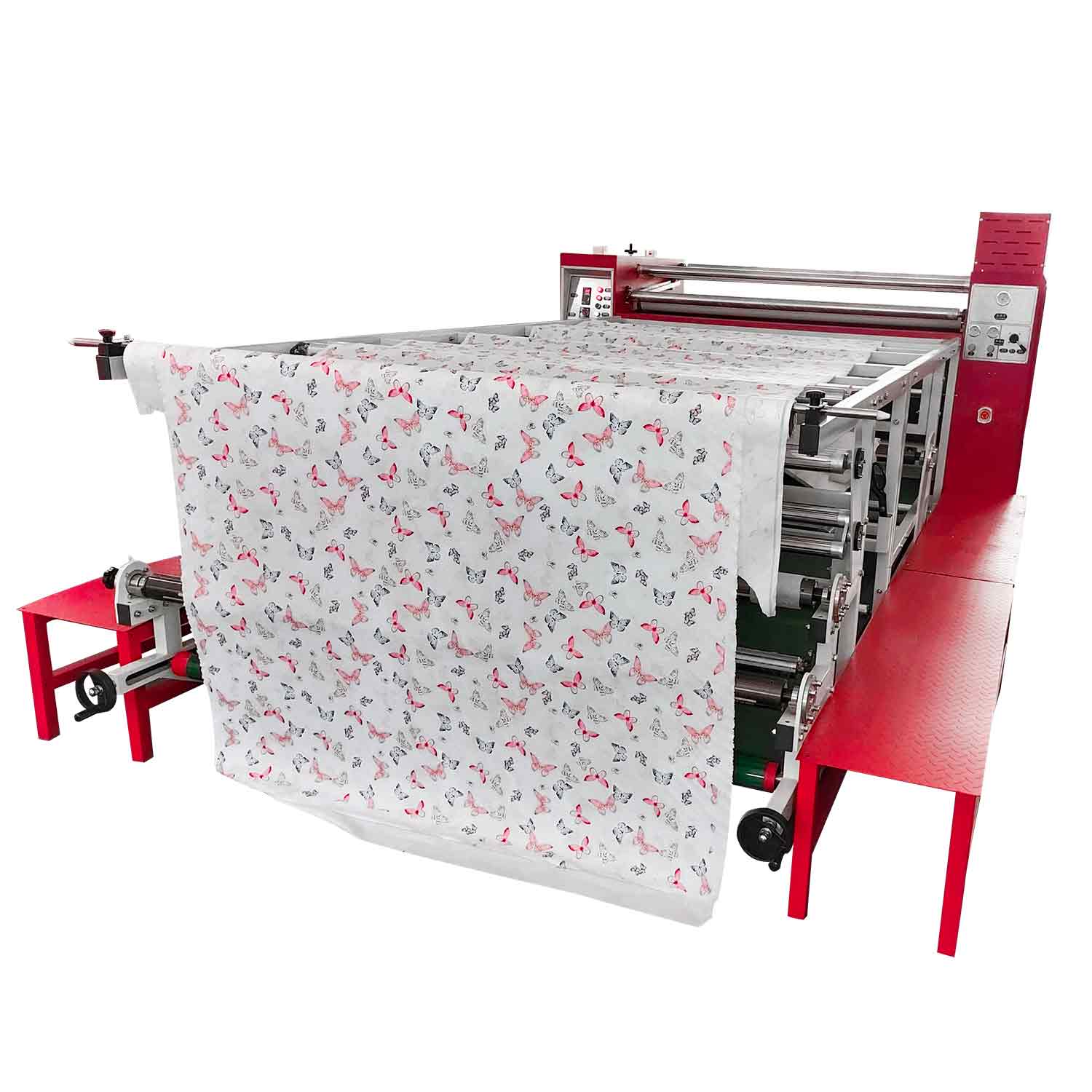The "Double Roller Structure Transfer Machine" is a piece of equipment designed for transferring materials efficiently and accurately. Its primary functions include:

Material Transfer:
The machine is equipped with double roller structures that facilitate the smooth transfer of materials from one location to another. The dual rollers work in tandem to ensure a stable and controlled transfer process.
Precision Handling:
With precision engineering, the transfer machine is capable of handling materials with a high degree of accuracy. This is crucial in applications where precise positioning and alignment are essential.
Versatile Application:
The machine is designed to be versatile, accommodating a variety of materials and sizes. This versatility makes it suitable for a range of industries and applications, providing flexibility in material handling processes.
Automated Operation:
To enhance efficiency, the transfer machine often features automated or semi-automated operation. This can include programmable controls, sensors, and other technologies to streamline the transfer process and reduce manual intervention.
Quick Changeover:
The design of the machine may incorporate features that allow for quick changeovers between different materials or processes. This is valuable in environments where production requirements vary frequently.
Durable Construction:
The machine is typically constructed with durable materials to withstand the rigors of industrial use. This ensures a long operational life and minimizes downtime due to maintenance or repairs.
Safety Measures:
Safety is a key consideration, and the transfer machine may include safety features such as emergency stop buttons, safety guards, and sensors to detect and prevent potential hazards.
Integration with Production Lines:
In many cases, the double roller structure transfer machine is designed for seamless integration into existing production lines. This integration improves overall workflow and contributes to an efficient manufacturing process.
Maintenance and Serviceability:
The design may incorporate features that facilitate easy maintenance. This includes accessible components, clear maintenance instructions, and possibly self-diagnostic capabilities to identify issues promptly.
Customization Options:
Depending on the specific needs of the user, the machine might offer customization options. This can include adjustable settings, modular components, and add-on features to tailor the machine to unique requirements.